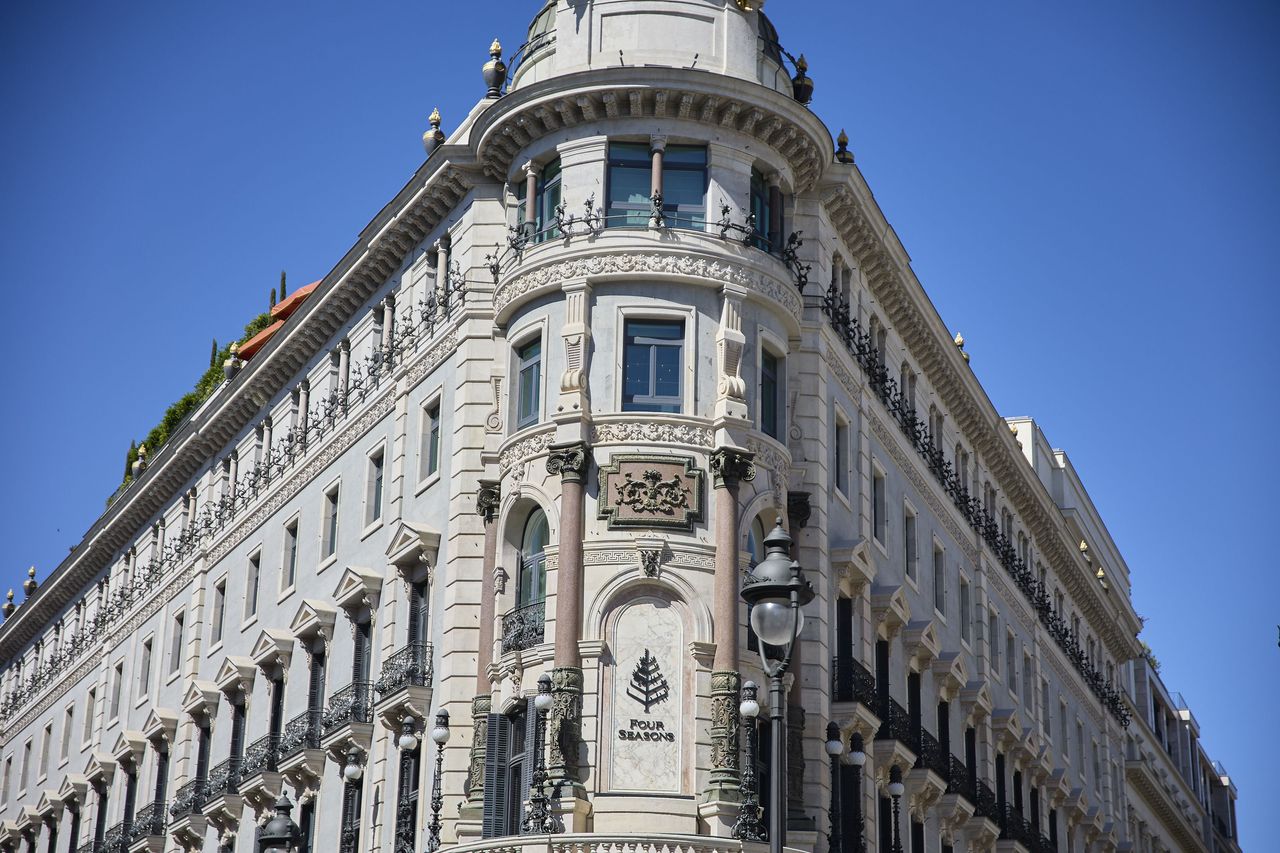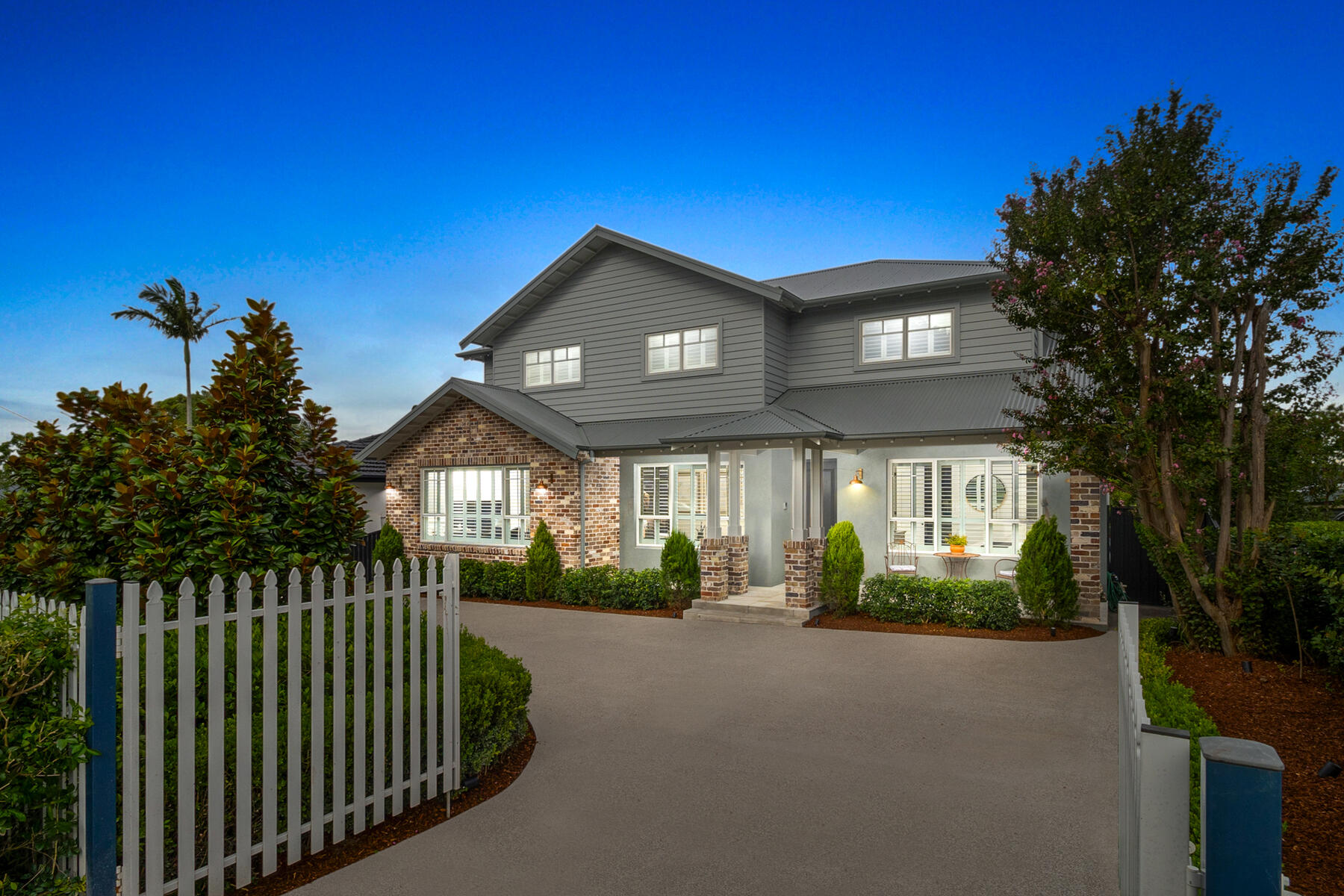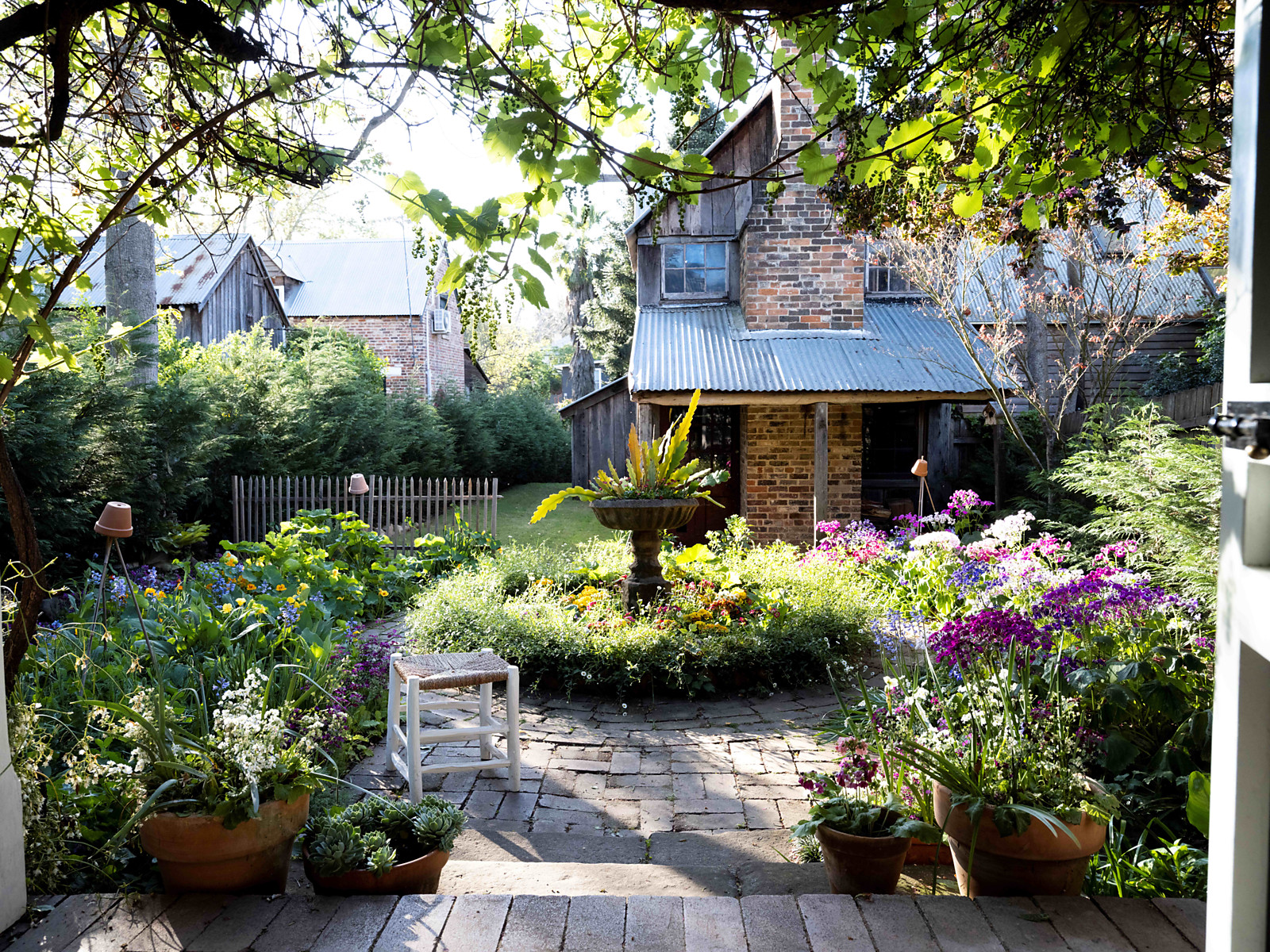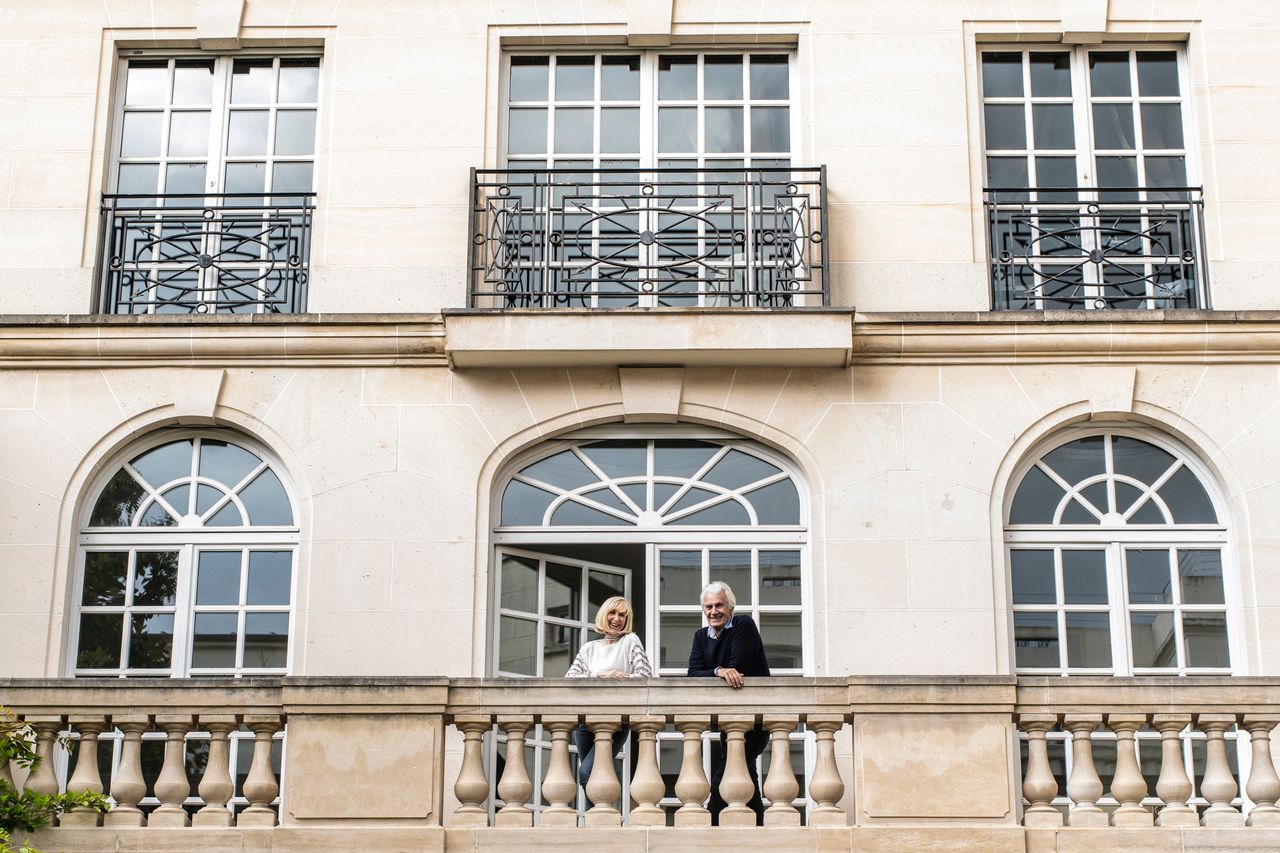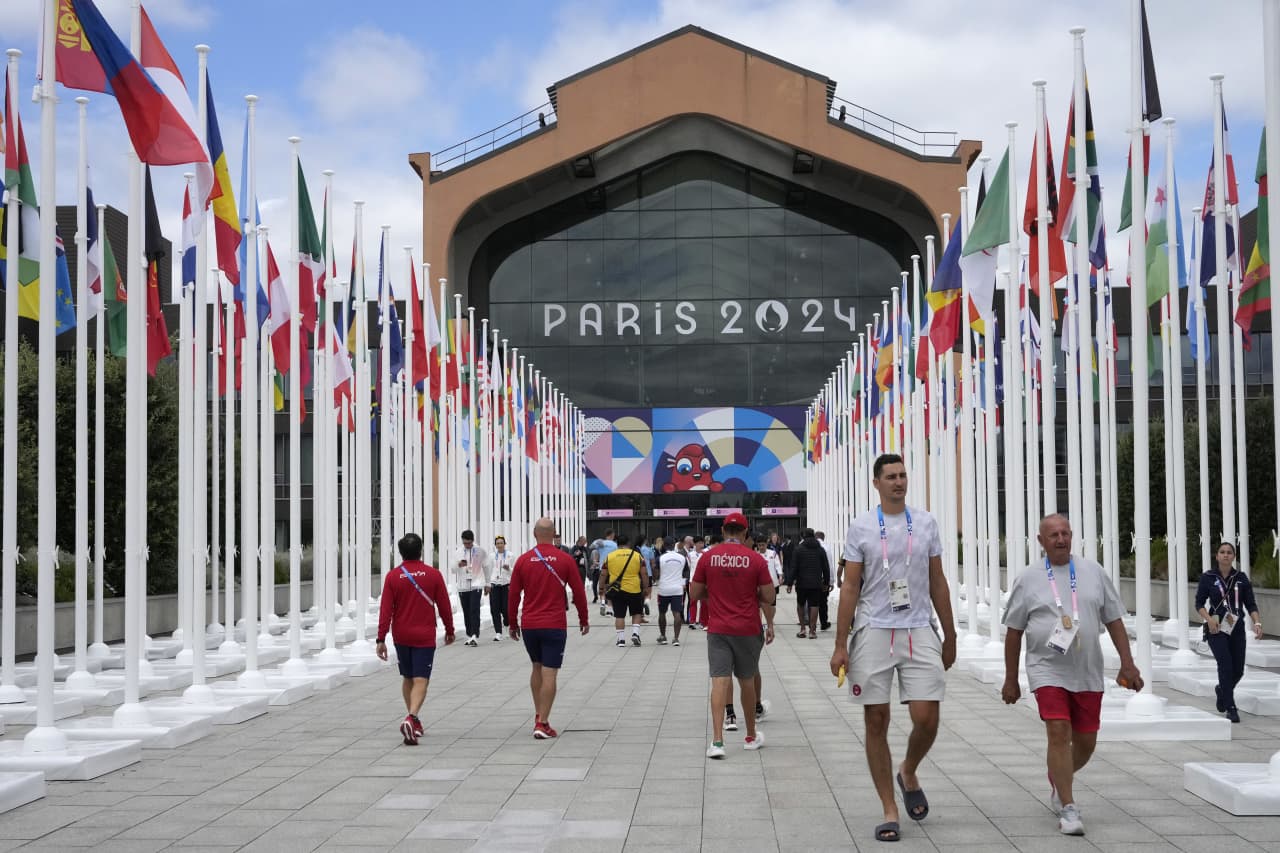More Buyers Are Calling Hotels Home
Hoteliers in cities like New York and Miami are doubling down on creating residences to meet a boom in demand.
With the luxury real estate market continuing to roar even as the U.S. economy flirts with recession, eager home shoppers of means continue to snatch up inventory. Rather than wait years to build a home in the face of labour shortages and supply chain problems, many would-be buyers are looking to reliable builders of turnkey properties for immediate purchases.
New residential developments built by famous hoteliers such as St. Regis, Four Seasons or Ritz Carlton are seeing their listings snatched up. With the luxury travel world still recovering from a two-year pandemic slowdown, the minds behind these big-name destination properties see an opportunity.
Jon Paul Perez, president of the global residential developer Related Group, confirms that top hotel flags have placed a larger focus on their residential offerings in recent years. Still, he sees the extent of the homes over hotel rooms trend varying in different regions.
“It really comes down to the specific market,” Mr. Perez said. “In New York and Las Vegas, hospitality [within hotels] still reigns supreme. However, in Miami, we see a big shift toward a fully residential experience.”
Using the Miami market as an example, Mr. Perez explained that the last 18 months saw the Ritz Carlton, NoMad Hotels and St. Regis all investing in new developments without any hotel component at all. He believes the reach into more residential spaces is a result of brands working to offer more choice and flexibility to their customers.
According to sales materials for the Ritz Carlton Miami Residences, prices start at $1.5 million with Sky Villas selling for $15 million–$19 million, and penthouse units available for $24 million.
“Some consumers will prefer to save the hotel lifestyle for a special weekend or vacation, while others want to really immerse themselves and live it full-time,” he added.
While name-brand living spaces are always at a premium, Mr. Perez believes Covid-19 was a prime driver of the current high-end luxury development push.
“There’s no denying hospitality was hit hard at the start of the pandemic,” he said. “While travel has certainly returned, hotel companies have seen the residential market is a strong revenue driver.”
Hoteliers Adjusting Their Portfolios
Dana Jacobsohn is chief development officer for U.S. Luxury Brands and Global Mixed-Use for Marriott—the St. Regis Residences parent company. The company is always looking to grow its portfolio of hotels while planning residential spaces on a case-by-case basis, she said.
“For each deal, our team of in-house feasibility experts will assess a project to determine if a hotel is appropriate for that development,” Ms. Jacobsohn explained. “The team examines the site, the historic and potential market demand and the existing and anticipated supply of Marriott and competitive hotels in the area.”
Marriott currently has 17 operating projects globally that only include a branded residential component and more than 25 in the pipeline, according to Ms. Jacobsohn.
At the Four Seasons Hotels and Resorts, hotel rooms are not becoming more scarce in favor of more condominiums and related spaces; one is simply adding to the other, said Ricardo Suarez, who is senior vice president of development, Americas, at the brand.
“Our hotels are not necessarily becoming smaller,” Mr. Suarez said. “Residential continues to be a priority across our pipeline as we expand in new markets globally. It is not a case of reducing hotel keys to increase sellable residential area. Rather, it’s an evaluation of what’s right for the local market.”
The Four Seasons and their development partners closed more $10 billion worth of branded real estate over the last three decades, Mr. Suarez said. But its five-year plans include a pipeline of another $7 billion currently in the market or ready for launch. That accelerated growth follows close on the heels of a consumer shift toward more space, ensured amenities, comfort and safety.
“A direct result of this shift is the growth of our standalone residential business, including recently announced projects at Lake Austin [Texas] and Dubai—and recently opened developments in Los Angeles, San Francisco and Marrakech,” Mr. Suarez said. “We see increased demand for our residential offering as home buyers are showing unparalleled interest in owning and living a Four Seasons lifestyle.”
According to Four Seasons sales presentations, Lake Austin homes start at $4 million with Dubai offerings kicking off at $3 million.
Midway through 2022, an overwhelming majority of the Four Seasons pipeline has a residential component, according to Mr. Suarez.
“It takes a strategic, long-term vision and strong partnerships with development partners who can see beyond the immediate market and deliver the type of product and experience that will create something unique with enduring value,” he said. “Four Seasons has also expanded significantly into standalone residential properties with a number of our existing ownership groups adding pure residential offerings to their development portfolios.”
‘Pampered Living’
Ryan Melkonian is founder and managing partner of Manhattan-based Melkonian Capital, working with Mandarin Oriental on high-end home offerings. He believes hotel brands will continue to focus heavily on residential development as the pandemic caused people to evaluate how they spend their time at home and how they could improve their lifestyle.
“I believe you will see more hotels adding residences to their properties with the luxury real estate so hot right now,” Mr. Melkonian said. “More wealthy home buyers looking for a second or third home—or what we are calling co-primaries—will be enticed by the offerings of branded residences. This necessitated the need for more properties over keys.”
As with other developers looking to balance hotel demand against real estate revenue, Mr. Melkonian said his firm remains dependent on the location of the property and the need for luxury homes within that market.
Craig Studnicky, co-founder and CEO of the Miami-based International Sales Group, stressed that major hotel-branded residences will only grow in popularity as their name recognition separates them from off-brand or standalone projects.
“Whether it be the St. Regis, Four Seasons, Ritz Carlton or Waldorf Astoria, if I am purchasing within these projects, I am imagining pampered living curated by hoteliers who know how to make said pampered living consistent and reliable,” Mr. Studnicky said.
The choice for many property developers to lean into big name residential brands is a necessity, considering the soaring prices of lots, labor and building supplies, Mr. Studnicky said, pointing to Miami and Fort Lauderdale, Florida, as examples.
“In South Florida, land prices have never been higher and construction costs have never been higher,” he explained. “For developers to make economic sense with high-rise projects, they need to sell at the highest price per foot they can. The only way that can sell at that tier is with a 5-star hotel brand.”
 Copyright 2020, Dow Jones & Company, Inc. All Rights Reserved Worldwide. LEARN MORE
Copyright 2020, Dow Jones & Company, Inc. All Rights Reserved Worldwide. LEARN MORE
This stylish family home combines a classic palette and finishes with a flexible floorplan
Just 55 minutes from Sydney, make this your creative getaway located in the majestic Hawkesbury region.
Ahead of the Games, a breakdown of the city’s most desirable places to live
PARIS —Paris has long been a byword for luxurious living. The traditional components of the upscale home, from parquet floors to elaborate moldings, have their origins here. Yet settling down in just the right address in this low-rise, high-density city may be the greatest luxury of all.
Tradition reigns supreme in Paris real estate, where certain conditions seem set in stone—the western half of the city, on either side of the Seine, has long been more expensive than the east. But in the fashion world’s capital, parts of the housing market are also subject to shifting fads. In the trendy, hilly northeast, a roving cool factor can send prices in this year’s hip neighborhood rising, while last year’s might seem like a sudden bargain.
This week, with the opening of the Olympic Games and the eyes of the world turned toward Paris, The Wall Street Journal looks at the most expensive and desirable areas in the City of Light.
The Most Expensive Arrondissement: the 6th
Known for historic architecture, elegant apartment houses and bohemian street cred, the 6th Arrondissement is Paris’s answer to Manhattan’s West Village. Like its New York counterpart, the 6th’s starving-artist days are long behind it. But the charm that first wooed notable residents like Gertrude Stein and Jean-Paul Sartre is still largely intact, attracting high-minded tourists and deep-pocketed homeowners who can afford its once-edgy, now serene atmosphere.
Le Breton George V Notaires, a Paris notary with an international clientele, says the 6th consistently holds the title of most expensive arrondissement among Paris’s 20 administrative districts, and 2023 was no exception. Last year, average home prices reached $1,428 a square foot—almost 30% higher than the Paris average of $1,100 a square foot.
According to Meilleurs Agents, the Paris real estate appraisal company, the 6th is also home to three of the city’s five most expensive streets. Rue de Furstemberg, a secluded loop between Boulevard Saint-Germain and the Seine, comes in on top, with average prices of $2,454 a square foot as of March 2024.
For more than two decades, Kyle Branum, a 51-year-old attorney, and Kimberly Branum, a 60-year-old retired CEO, have been regular visitors to Paris, opting for apartment rentals and ultimately an ownership interest in an apartment in the city’s 7th Arrondissement, a sedate Left Bank district known for its discreet atmosphere and plutocratic residents.
“The 7th was the only place we stayed,” says Kimberly, “but we spent most of our time in the 6th.”
In 2022, inspired by the strength of the dollar, the Branums decided to fulfil a longstanding dream of buying in Paris. Working with Paris Property Group, they opted for a 1,465-square-foot, three-bedroom in a building dating to the 17th century on a side street in the 6th Arrondissement. They paid $2.7 million for the unit and then spent just over $1 million on the renovation, working with Franco-American visual artist Monte Laster, who also does interiors.
The couple, who live in Santa Barbara, Calif., plan to spend about three months a year in Paris, hosting children and grandchildren, and cooking after forays to local food markets. Their new kitchen, which includes a French stove from luxury appliance brand Lacanche, is Kimberly’s favourite room, she says.
Another American, investor Ashley Maddox, 49, is also considering relocating.
In 2012, the longtime Paris resident bought a dingy, overstuffed 1,765-square-foot apartment in the 6th and started from scratch. She paid $2.5 million and undertook a gut renovation and building improvements for about $800,000. A centrepiece of the home now is the one-time salon, which was turned into an open-plan kitchen and dining area where Maddox and her three children tend to hang out, American-style. Just outside her door are some of the city’s best-known bakeries and cheesemongers, and she is a short walk from the Jardin du Luxembourg, the Left Bank’s premier green space.
“A lot of the majesty of the city is accessible from here,” she says. “It’s so central, it’s bananas.” Now that two of her children are going away to school, she has listed the four-bedroom apartment with Varenne for $5 million.
The Most Expensive Neighbourhoods: Notre-Dame and Invalides
Garrow Kedigian is moving up in the world of Parisian real estate by heading south of the Seine.
During the pandemic, the Canada-born, New York-based interior designer reassessed his life, he says, and decided “I’m not going to wait any longer to have a pied-à-terre in Paris.”
He originally selected a 1,130-square-foot one-bedroom in the trendy 9th Arrondissement, an up-and-coming Right Bank district just below Montmartre. But he soon realised it was too small for his extended stays, not to mention hosting guests from out of town.
After paying about $1.6 million in 2022 and then investing about $55,000 in new decor, he put the unit up for sale in early 2024 and went house-shopping a second time. He ended up in the Invalides quarter of the 7th Arrondissement in the shadow of one Paris’s signature monuments, the golden-domed Hôtel des Invalides, which dates to the 17th century and is fronted by a grand esplanade.
His new neighbourhood vies for Paris’s most expensive with the Notre-Dame quarter in the 4th Arrondissement, centred on a few islands in the Seine behind its namesake cathedral. According to Le Breton, home prices in the Notre-Dame neighbourhood were $1,818 a square foot in 2023, followed by $1,568 a square foot in Invalides.
After breaking even on his Right Bank one-bedroom, Kedigian paid $2.4 million for his new 1,450-square-foot two-bedroom in a late 19th-century building. It has southern exposures, rounded living-room windows and “gorgeous floors,” he says. Kedigian, who bought the new flat through Junot Fine Properties/Knight Frank, plans to spend up to $435,000 on a renovation that will involve restoring the original 12-foot ceiling height in many of the rooms, as well as rescuing the ceilings’ elaborate stucco detailing. He expects to finish in 2025.
Over in the Notre-Dame neighbourhood, Belles demeures de France/Christie’s recently sold a 2,370-square-foot, four-bedroom home for close to the asking price of about $8.6 million, or about $3,630 a square foot. Listing agent Marie-Hélène Lundgreen says this places the unit near the very top of Paris luxury real estate, where prime homes typically sell between $2,530 and $4,040 a square foot.
The Most Expensive Suburb: Neuilly-sur-Seine
The Boulevard Périphérique, the 22-mile ring road that surrounds Paris and its 20 arrondissements, was once a line in the sand for Parisians, who regarded the French capital’s numerous suburbs as something to drive through on their way to and from vacation. The past few decades have seen waves of gentrification beyond the city’s borders, upgrading humble or industrial districts to the north and east into prime residential areas. And it has turned Neuilly-sur-Seine, just northwest of the city, into a luxury compound of first resort.
In 2023, Neuilly’s average home price of $1,092 a square foot made the leafy, stately community Paris’s most expensive suburb.
Longtime residents, Alain and Michèle Bigio, decided this year is the right time to list their 7,730-square-foot, four-bedroom townhouse on a gated Neuilly street.
The couple, now in their mid 70s, completed the home in 1990, two years after they purchased a small parcel of garden from the owners next door for an undisclosed amount. Having relocated from a white-marble château outside Paris, the couple echoed their previous home by using white- and cream-coloured stone in the new four-story build. The Bigios, who will relocate just back over the border in the 16th Arrondissement, have listed the property with Emile Garcin Propriétés for $14.7 million.
The couple raised two adult children here and undertook upgrades in their empty-nester years—most recently, an indoor pool in the basement and a new elevator.
The cool, pale interiors give way to dark and sardonic images in the former staff’s quarters in the basement where Alain works on his hobby—surreal and satirical paintings, whose risqué content means that his wife prefers they stay downstairs. “I’m not a painter,” he says. “But I paint.”
The Trendiest Arrondissement: the 9th
French interior designer Julie Hamon is theatre royalty. Her grandfather was playwright Jean Anouilh, a giant of 20th-century French literature, and her sister is actress Gwendoline Hamon. The 52-year-old, who divides her time between Paris and the U.K., still remembers when the city’s 9th Arrondissement, where she and her husband bought their 1,885-square-foot duplex in 2017, was a place to have fun rather than put down roots. Now, the 9th is the place to do both.
The 9th, a largely 19th-century district, is Paris at its most urban. But what it lacks in parks and other green spaces, it makes up with nightlife and a bustling street life. Among Paris’s gentrifying districts, which have been transformed since 2000 from near-slums to the brink of luxury, the 9th has emerged as the clear winner. According to Le Breton, average 2023 home prices here were $1,062 a square foot, while its nearest competitors for the cool crown, the 10th and the 11th, have yet to break $1,011 a square foot.
A co-principal in the Bobo Design Studio, Hamon—whose gut renovation includes a dramatic skylight, a home cinema and air conditioning—still seems surprised at how far her arrondissement has come. “The 9th used to be well known for all the theatres, nightclubs and strip clubs,” she says. “But it was never a place where you wanted to live—now it’s the place to be.”
With their youngest child about to go to college, she and her husband, 52-year-old entrepreneur Guillaume Clignet, decided to list their Paris home for $3.45 million and live in London full-time. Propriétés Parisiennes/Sotheby’s is handling the listing, which has just gone into contract after about six months on the market.
The 9th’s music venues were a draw for 44-year-old American musician and piano dealer, Ronen Segev, who divides his time between Miami and a 1,725-square-foot, two-bedroom in the lower reaches of the arrondissement. Aided by Paris Property Group, Segev purchased the apartment at auction during the pandemic, sight unseen, for $1.69 million. He spent $270,000 on a renovation, knocking down a wall to make a larger salon suitable for home concerts.
During the Olympics, Segev is renting out the space for about $22,850 a week to attendees of the Games. Otherwise, he prefers longer-term sublets to visiting musicians for $32,700 a month.
Most Exclusive Address: Avenue Junot
Hidden in the hilly expanses of the 18th Arrondissement lies a legendary street that, for those in the know, is the city’s most exclusive address. Avenue Junot, a bucolic tree-lined lane, is a fairy-tale version of the city, separate from the gritty bustle that surrounds it.
Homes here rarely come up for sale, and, when they do, they tend to be off-market, or sold before they can be listed. Martine Kuperfis—whose Paris-based Junot Group real-estate company is named for the street—says the most expensive units here are penthouses with views over the whole of the city.
In 2021, her agency sold a 3,230-square-foot triplex apartment, with a 1,400-square-foot terrace, for $8.5 million. At about $2,630 a square foot, that is three times the current average price in the whole of the 18th.
Among its current Junot listings is a 1930s 1,220-square-foot townhouse on the avenue’s cobblestone extension, with an asking price of $2.8 million.
This stylish family home combines a classic palette and finishes with a flexible floorplan
Just 55 minutes from Sydney, make this your creative getaway located in the majestic Hawkesbury region.









